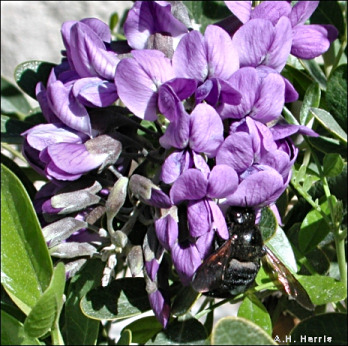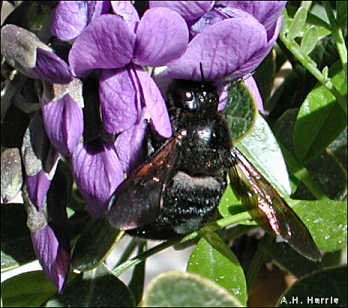

Digital cameras and electronic computers have changed the way museums address the world. An age-old problem in communicating by the printed page is the high cost of color images and the long lag time between production and printing. Professionals have become quite adept in rendering images in black and white, but have made little progress in speeding the production of the printed page.
However, color is an important element of communication, and the advent
of digital cameras and web sites has changed the whole scene. Text is easily and
quickly presented on the web, and the time between the taking of a photograph and web
publication, open to literally millions of prospective viewers, is measured in minutes
and the cost in pennies. The advantages do not stop there. Clicking away until the
exact image wanted is virtually free, and a few minutes at a computer can crop,
brighten or darken, and manipulate the image to show desired characteristics—processes
that would take hours in the dark room, if even possible. Progress marches on—let us
welcome it!

Listen to the Audio (mp3 format) as recorded by KTEP, Public Radio for the Southwest.
Contributor: Arthur H. Harris, Laboratory for Environmental Biology, Centennial Museum, University of Texas at El Paso.
Desert Diary is a joint production of the Centennial Museum and KTEP National Public Radio at the University of Texas at El Paso.


Manipulation of images is easily accomplished. The original picture of the blooms of Mountain Laurel (Sophora secundiflora) and its industrious nectar-gatherer was quickly cropped to emphasize the carpenter bee.